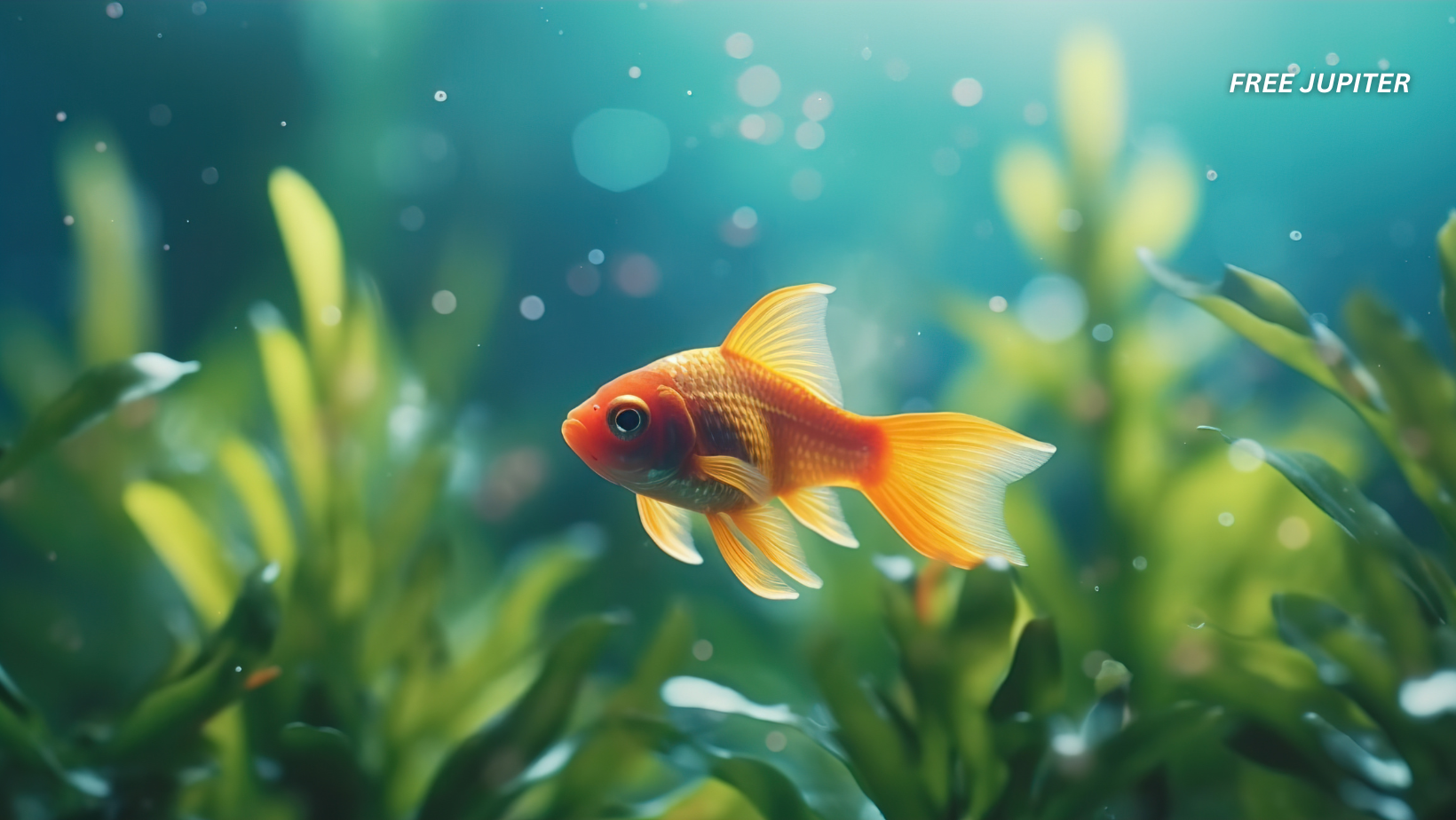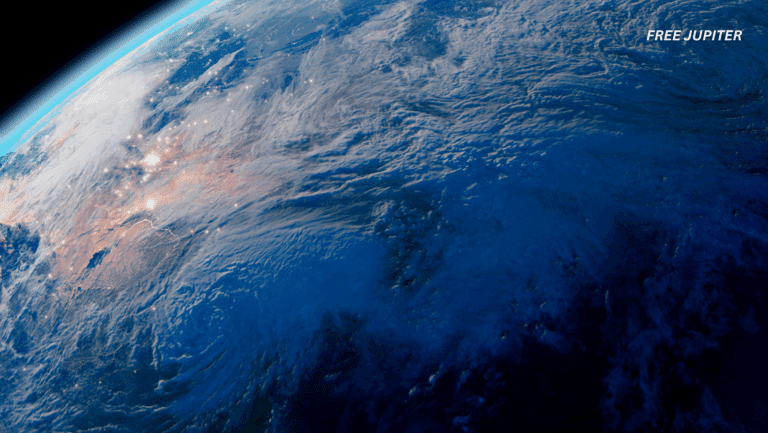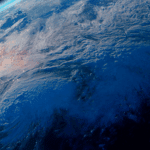Friendly Note: FreeJupiter.com shares general info for curious minds 🌟 Please fact-check all claims—and always check health matters with a professional 💙
At first glance, setting an animal free might seem like the kindest, most ethical thing to do. After all, don’t all creatures deserve a shot at living wild and free? While the sentiment is heartfelt, the truth is far more complicated. The wild isn’t some universal sanctuary—it’s a complex web of relationships, balances, and survival skills. When humans interfere—especially by releasing animals that were raised in captivity or don’t belong in a particular ecosystem—it can wreak unexpected havoc.
Whether it’s because they can’t survive on their own or because they thrive a little too well and displace local species, here are 17 animals that should never be released into the wild—no matter how guilty or sentimental you feel.
1. Goldfish: The Aquatic Bullies in Disguise
Goldfish may look innocent floating around a tiny tank, but once they’re dropped into lakes or ponds, they undergo a dramatic transformation—think “super-size me.” In open water, goldfish can grow over a foot long and start behaving like aquatic wrecking balls. They uproot plants, stir up sediment, and compete aggressively with native fish for food and space.
Worse still, they breed fast and have few natural predators in many environments. This combination makes them a nightmare for local ecosystems, especially since their bottom-feeding habits can cloud the water and choke out native species that rely on clean, clear conditions.
2. Domestic Cats: Furry Predators with a Stealth Mode
While a purring house cat might not seem dangerous, don’t let the cuddly exterior fool you. Domestic cats are one of the most destructive invasive species on the planet. Once released, they retain their hunting instincts and start preying on birds, lizards, frogs, and small mammals—many of which have no defenses against them.
Even well-fed cats will hunt for fun. In places with sensitive ecosystems—like island habitats or suburban green belts—this can cause devastating drops in native wildlife populations. Cats don’t just survive outdoors; they thrive, and their impact on biodiversity is anything but minor.
Read more: New Research Suggests Orange Cat Personality May Really Be in Their DNA
3. Burmese Pythons: Silent, Slithering Trouble
Originally kept as exotic pets, Burmese pythons are one of the most notorious examples of what happens when non-native species get a taste of the wild. In Florida’s Everglades, released pythons have established a breeding population so large that they’ve decimated local populations of raccoons, opossums, and even deer.
The problem? These snakes have no natural predators in their new home. They grow to enormous lengths, reproduce efficiently, and are near-impossible to control once established. What begins as a pet owner’s mistake becomes an ecological disaster.
4. Parakeets: Chirpy But Challenging
Parakeets are often seen as sweet, colorful, cage-loving companions. But once released, some species—like monk parakeets—form large, noisy flocks that build communal nests and compete fiercely with native birds for food and nesting areas.
In warmer climates, they adapt shockingly well. These “escape artists” may seem harmless, but their growing colonies can overwhelm native bird populations and even interfere with power lines, as their nests are often built on electrical infrastructure.
5. Red-Eared Sliders: Turtles That Take Over
These turtles are often bought when they’re small and cute—but they don’t stay that way. Red-eared sliders grow quickly, eat a wide variety of foods, and become dominant in any freshwater environment they’re released into.
They outcompete native turtles for basking spots and food, and their adaptability gives them a huge survival advantage. Over time, native turtle species may decline drastically where red-eared sliders have taken hold. What’s meant to be a peaceful retirement for your pet turtle can turn into a war on native biodiversity.
6. Domesticated Dogs: Loyal, But Not Wild
Domesticated dogs depend on humans in more ways than we realize. They rely on us for food, shelter, health care, and even social interaction. When a dog is released or abandoned, it may struggle to find food or protect itself from danger.
Some adapt and form feral packs, which can attack livestock, spread disease, or even pose a danger to people. In rural and suburban areas, feral dogs have been known to kill deer, sheep, and other animals, becoming both an ecological and public safety concern. There’s always a better option than letting a dog fend for itself.
7. European Starlings: Birds That Took Over the Sky
These birds were brought to North America by Shakespeare enthusiasts in the 19th century—seriously, someone wanted every bird mentioned in his plays to live in Central Park. Now, there are over 200 million of them across the continent.
Starlings are aggressive nesters that outcompete native birds for cavities and food. They travel in enormous flocks, damaging crops and spreading disease. Releasing more starlings only strengthens a problem that wildlife experts have been trying to manage for decades.
8. Rabbits: Fluffy, Fertile, and Fast
Domestic rabbits are not wild rabbits. Their instincts have dulled, their coats are often unsuited for outdoor survival, and they’re vulnerable to predators. But even worse, if they do survive and breed, their population can explode quickly.
In places like Australia and parts of the U.S., feral rabbits have caused massive environmental destruction—gobbling up native plants, undermining soil stability with their burrows, and competing with native herbivores. If you can’t care for your rabbit, find a rescue. Don’t let it hop off into trouble.
Read more: New Study Finds Tortoises Exhibit Emotions Similar to The Way Humans Do
9. Lionfish: Beautiful, Venomous, and Destructive
With their striking fins and graceful movements, lionfish are often admired in aquariums. But when released into places like the Atlantic Ocean or the Gulf of Mexico, they become major invaders.
Lionfish reproduce year-round, eat a massive amount of small reef fish, and have no natural predators in their new environments. Their venomous spines deter would-be hunters, and their hunting efficiency turns reefs into ghost towns. Releasing one might feel small, but the impact can be reef-shattering.
10. Koi: Not Just Pretty Pond Decorations
Koi are domesticated carp, loved for their shimmering colors and peaceful presence in garden ponds. But if they escape or are released into natural waterways, their behavior changes.
They dig into sediment while feeding, releasing nutrients into the water that lead to algae blooms. This makes the water murky, reduces oxygen, and harms other aquatic life. Koi can also outcompete native fish for food. In short: beautiful in a pond, bad news in the wild.
11. Iguanas: Garden Gorgers
In warm places like Florida, iguanas released by pet owners have become a big problem. They eat garden plants, flowers, and native vegetation. They also burrow under sidewalks and seawalls, causing structural damage.
Once they’re loose, they’re hard to catch and breed quickly. While they may not be aggressive, their presence creates real economic and environmental costs. Don’t dump your iguana—rehome it responsibly.
12. Hedgehogs: Cute, But Not So Innocent
While they’re often portrayed as shy and harmless, hedgehogs are skilled foragers and insectivores. In environments where they aren’t native, their presence can severely disrupt food chains.
In places like New Zealand, where native species evolved without similar predators, hedgehogs have caused dramatic declines in native insects and ground-nesting birds. They may be small, but their impact is mighty.
13. Wild Boars: Nature’s Bulldozers
These aren’t pigs in need of a nap. Wild boars are aggressive, tough, and extremely destructive. When released or escaped from farms, they rip through forests and farmland alike, tearing up soil and vegetation in search of food.
They spread disease, damage crops, compete with native wildlife, and are difficult to remove once established. Even just a few individuals can become a major issue within a few breeding cycles.
14. Cane Toads: Toxic Invaders
Introduced in various countries to control pests, cane toads turned out to be pests themselves. They secrete toxins that can kill predators that try to eat them—including pets like dogs or cats.
They breed in large numbers and eat almost anything, giving them an edge over native species. Once they spread, they’re nearly impossible to control. Releasing one might seem harmless—but it’s far from it.
15. Peacock Bass: Tanks to Terror
Peacock bass are beautiful and aggressive predators. They’re fun to watch in an aquarium, but if released into the wild, they dominate freshwater ecosystems by preying on smaller fish and outcompeting native species.
They’ve become invasive in some parts of the U.S. and South America, altering food chains and threatening species that can’t defend themselves. Keep this hunter behind glass.
16. Domesticated Pigs: Oink and Obliterate
Unlike wild boars, domestic pigs seem tame and manageable. But once released, they quickly revert to feral behavior. They root around, eat anything, and can rapidly reproduce. Their damage to crops and wild areas mirrors that of their wild cousins.
They also carry diseases that can spread to livestock and even humans. It’s not just a pig in the woods—it’s an ecological time bomb.
17. Asian Carp: Jumping Into Trouble
These fish were accidentally introduced and have since overrun many American rivers and lakes. They consume massive amounts of plankton, which native fish rely on, and reproduce like crazy.
Some species are also known for their habit of leaping out of the water when disturbed—causing injuries to boaters and anglers. Releasing even a few contributes to a larger, costly ecological problem.
Read more: Dung Beetles Are the First Insects Proven to Navigate Using the Milky Way
Final Note: Sometimes Kindness Means Saying No to “Freedom”
It’s tempting to think that letting an animal “go free” is a kind, natural choice. But nature is not a petting zoo—it’s an intricate system of balances, checks, and fragile relationships. Animals released irresponsibly can disrupt ecosystems, harm native wildlife, or suffer slow and painful deaths.
If you can no longer care for an animal, the responsible path is clear: contact local shelters, rescues, or wildlife professionals. Let’s protect our environment and the animals we love by keeping both where they belong.










